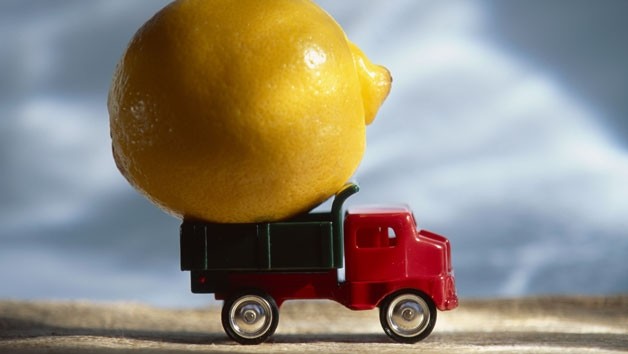The topic of food production is complex and is becoming increasingly scrutinized not only for the nutritional value and safety of the food itself but the entire production process right through to the food supply chain management. Consumers are becoming more and more concerned with the health of the food they consume as well as questioning the ethics and sustainability of the manner in which their food is delivered to them.
Consumer Demand Impact on Food Supply Chain
We constantly cover the topic of the health benefits of growing your own food using urban agriculture practices like hydroponics or aquaponics. Most reasonable people nowadays understand that choosing to grow your own food is a healthier and more environmentally friendly lifestyle choice that also reconnects you with nature for improved physical and mental wellbeing too.
One important aspect of the conversation surrounding the current state of industrialized food production, is the bigger picture issue of food supply chain impact on climate change from the processing and preserving to the transportation and distribution. The existing model of food supply chain has been called into question by consumers and businesses alike because of resultant greenhouse gas emissions, massive energy consumption, and water and resource usage.
Environmental Impact of Food Supply Chain
At the mass production stage, a large amount of water and energy are used to grow crops in order to maximize outputs. The crops are then harvested using even more energy, and transported long distances on fuel-burning trucks or trains to their supermarket destinations, all while being refrigerated through further energy use and ultimately preserved using chemicals that increase the product’s shelf-life.
Life Cycle Assessments (LCA’s) have been, and are being performed on the current state of food supply chains in order to determine the full scope of environmental impacts cause by food production. The assessments are used then to not only determine the most environmentally friendly way of altering the processing and distribution, but the best economic opportunities as well in order to increase the sustainability of the industry. The availability of this data is only in its infancy and will likely continue to develop as more research and LCA’s are performed specific to this industry. This again, is in response to growing consumer concerns on this important topic of human health and sustainability.
How Hydroponics Improves Food Supply Chain
Hydroponic technology has the potential to alleviate the serious devastation being caused by our current methods of producing and distributing food. Some of the ways in which hydroponics improves agricultural production and food supply chain include:
- Growing food in a controlled environment
- Providing energy and water efficiency
- Eliminating the need for pesticides or chemicals
- Harvesting and distributing produce within the same urban area shortening the supply chain
- Selling to grocery stores or direct to growers eliminating transportation and/or packaging needs
In hydroponics, vegetables are grown in a way that maximizes space, water usage, and energy consumption not to mention it can also be established in high density urban areas conducive to simplifying the food supply chain. The overall carbon footprint reduction and subsequent health advantages make this method of agricultural production an important step forward in improving the sustainability of the food supply chain.
Feature Image: Calculating “food miles” to determine supply chain impact. Image via SBS.
